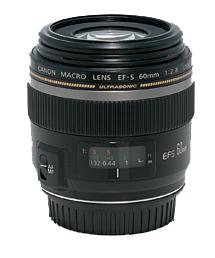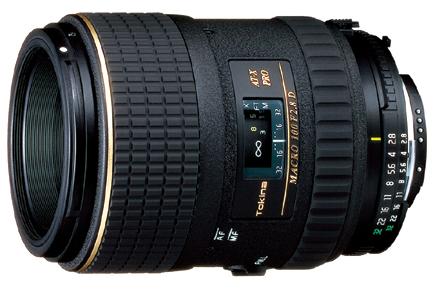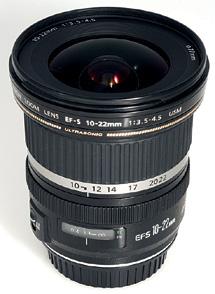|
Apr 01, 2006 |
|
Feb 01, 2006 |
|
Jan 01, 2006 |
|
Jan 01, 2006 |
|
Jan 01, 2006 |
|
Dec 01, 2005 |
|
Nov 01, 2005 |
|
Oct 01, 2005 |
|
Jun 01, 2005 |
First Published: Jan 01, 2005 |
|
Aug 01, 2003 |
|
May 01, 1999 |















